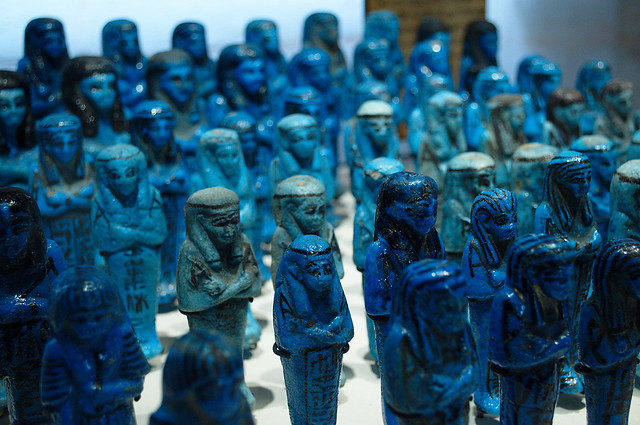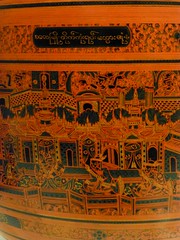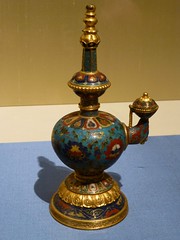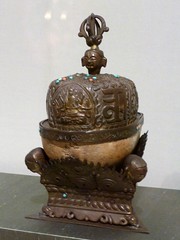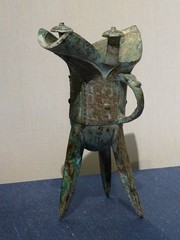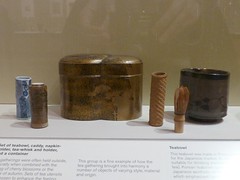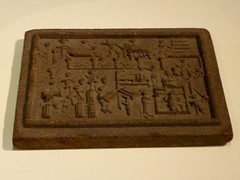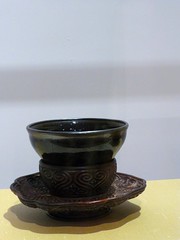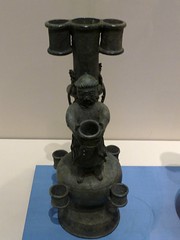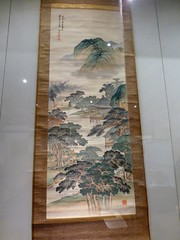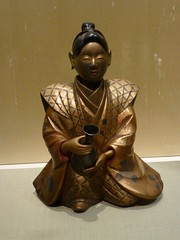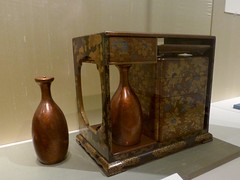After a fairly long hiatus over Christmas we’ve started listening to radio programmes with our Sunday morning breakfast again. This week we listened to the second episode of The Making of the Modern Arab World. From the brief descriptions on the BBC website the first three episodes are covering the three major strands of political ideology in the region, and the fourth one looks at the lead up to the Arab Spring. The first episode had been about the secular liberal movement that rose during the early 20th Century, which moved away from the Muslim nature of the preceding Ottoman Empire but didn’t change the old class hierarchy nor did it succeed in winning full independence from the European colonial powers. This episode was looking at the Arab Nationalist movement that rose as the opposition to this.
Tarek Osman opened the programme by talking about the war in 1948 where several Arab nations fought against the new state of Israel. This conflict had been presented to the ordinary people of the Arab nations as having a foregone conclusion – obviously the Arab states would win against this upstart nation. And when this wasn’t the way that things turned out, the ruling elite of the countries lost a lot of face and respect. Particularly in the case of Egypt there was also a feeling amongst the army officers (among them Gamal Abdel Nasser) that the ruling elite was lazy and self-indulgent, and were responsible for the failure of the war. When Nasser returned to Egypt after the war he organised what started as a military coup, but turned into a popular revolution.
The coup had started as an alliance between the army officers (who were generally younger) and the Muslim Brotherhood (which had been a political organisation since the 1920s). Osman said that the Muslim Brotherhood leader had anticipated being the real leader after the revolution was over, regarding the army officers as not knowing what they were doing. For instance he wanted the Muslim Brotherhood to be given a veto on any policy decisions. But this was not well received by their allies and the alliance broke down – the army officers with Nasser at their head were now ruling the country alone.
Nasser was incredibly popular in Egypt. Osman talked about some of the things that helped to make this the case – one of which was a Muslim Brotherhood assassination attempt on Nasser while he was giving a speech. He reacted with courage (as well as a clamp down on the Muslim Brotherhood), and gained a lot of respect from people for it. He also gained a lot of respect because of the dispute with Britain over the Suez Canal – Nasser nationalised it, which upset the British & the French because they no longer controlled this strategically important waterway. So the UK and France allied with Israel, and sent troops in hoping to retake the Suez Canal and get rid of Nasser. However without the support of the US this military action failed – greatly boosting Nasser’s popularity not just in Egypt but across the Arab nations. He had beaten the old colonial powers, and Israel.
In terms of more practical reasons, he & his government also passed laws reforming land ownership. During the monarchy & before there were very few landowners – and most peasants lived on land owned by someone else, with a restrictive feudal system in place. Nasser’s reforms meant that many more people owned the land they lived on, and so they could then make money (and family members could get other jobs and make more money). They could send their children to the towns for education if they wished, and could aspire to become middle class. Many did, and so saw Nasser as someone on the side of social justice and the common people. Also during Nasser’s regime the Aswan High Dam was built, invigorating the economy.
Nasser believed in Arab Nationalism, and talked a lot about the idea of a single Arab country. This didn’t go down well with the still existent monarchies in places like Saudi Arabia, but met with a much better reception in places like Syria’s fledgling democracy. The Ba’ath party was formed by Syrian army officers, as a secular Arab Nationalist party – and took inspiration from Nasser. The rhetoric of a single Arab nation met with such approval that the Syrians offered to merge with Egypt, creating the United Arab Republic. This met with great approval at first, but after only 3 years Syria seceded and the United Arab Republic was over. The reality had been that Syria was to become part of Egypt – it was Egyptians in charge, it was the Syrian military and political parties that had to dissolve – and this was unpalatable to both ordinary Syrians and the ruling elite alike.
Nasser’s regime lost more of its glitter before the end – he lead the disastrous war (for the Arab nations) against Israel in the late 1960s. Israel’s decisive victory meant Nasser, like the King before him, lost face. Nasser died not long after, but his legacy still shapes Arab politics. Many leaders in Arab countries modelled their regimes after what they had seen work for Nasser. However, Osman pointed out that they took the wrong elements from it – instead of the charisma and bond with his people that had made Nasser so popular, people like Gaddafi and Assad instead emulated the autocratic despotic and militaristic aspects of Nasser’s rule. The programme talked to people who were less glowingly complimentary about Nasser than the above summary makes it sound. His policies of social reform were criticised for not going far enough, and for not actually being targeted at those most in need rather at those most useful or supportive of the state. The often brutal nature of the state was also discussed – and its capricious nature was illustrated by a woman who talked about how her father was a poet whose work was liked by Nasser, and several of his friends were incarcerated. But her father never was, because Nasser would cross his name off lists of “seditious” people who were due to be rounded up – so the poet escaped torture only by the whim of Nasser.
